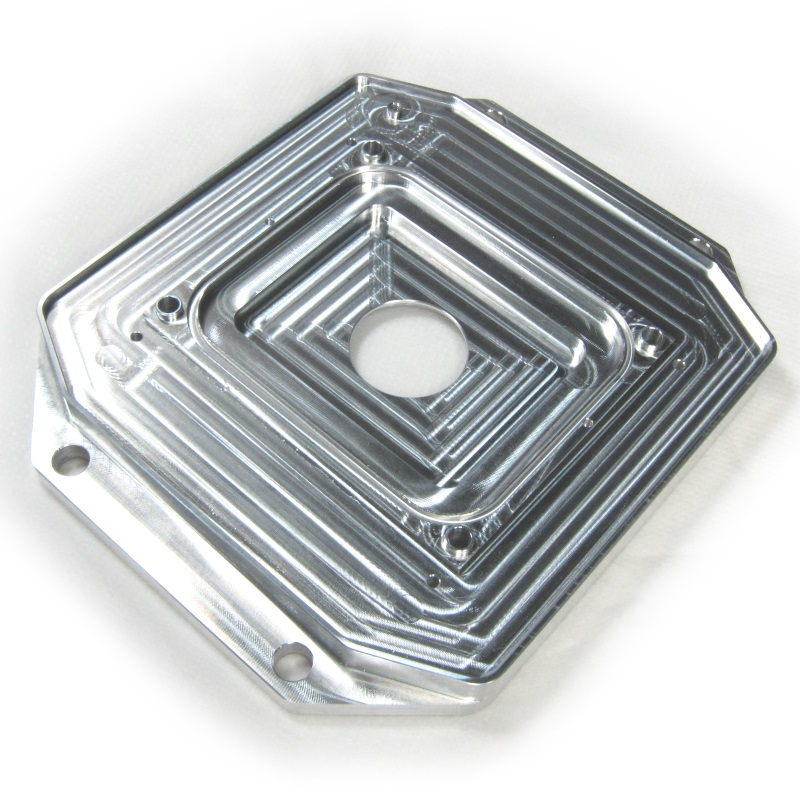Chemical Conversion and Anodizing Processes2018-02-02
Aluminum is usually reactive with water or air to form a stable passive layer of aluminum oxide. Actually, this anti-corrosion protective layer can stop the rest of aluminum metal from oxygenating. Both chemical conversion and anodizing processes are surface treatment to enhance the oxidation process especially for aluminum alloy. In the previous articles, you can learn about:
1.) How to avoid the blotchy and uneven anodizing
2.) Anodizing surface treatment for cosmetic purpose
3.) Anodizing surface can sometimes fail
What is Chemical Conversion?
Sometimes, we use Alodine as an alternative name for chemical conversion coating which applies chromate to the metal substrate. In the past, hexavalent chromium was mostly used in the immersion bath process for coating, but now it has been prohibited by RoHS Directive. Nowadays, trivalent chromium based coating processes are commonly available for commercial application.
Chemical conversion coating:
1.) Creates an anti-corrosive, durable and electrically conductive surface.
2.) Serves a better surface treatment option for aluminum chassis components due to its electrical conductivity, compared with anodizing.
3.) Is a pre-treatment to improve paint adhesion prior to powder coating. The paint can mechanically bond to the conversion coating, but not just sit on top of the surface. Otherwise, the paint will be likely to undergo flaking or delamination from the metal surface.
4.) Can also be a primer prior to anodizing treatment.
We offer MIL-DTL-5541(*Ref.1) chemical conversion coatings which form protective films by chemical reaction with aluminum alloy. Generally speaking, these conversion coatings are categorized by the following types and classes:
Type I: Containing hexavalent chromium. Typically, it appears to be gold or yellow in color, which can be optionally specified as "clear" color (as an alternative to no color). However, Type I chemical conversion coating has been prohibited by RoHS Directive.
Type II: Containing no hexavalent chromium, but trivalent chromium. Typically, it appears to be "clear" color (as an alternative to no color).
Class 1A: Providing increased corrosion resistance and adhesive properties for painted or non painted workpieces.
Class 3: Providing increased corrosion resistance and adhesive properties and maintains electrical conductivity. Color ranges from light to dark yellow or gold.

Parts treated with Chemical Conversion MIL-DTL-5541 Type 1, Class 1A
*Ref.1: See more about MIL-DTL-5541
